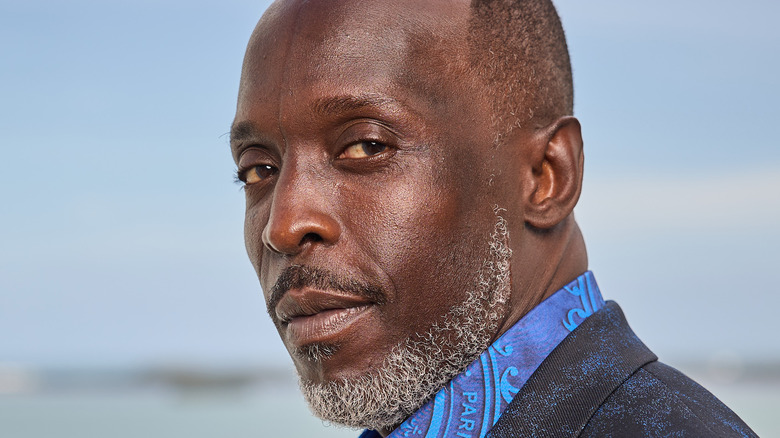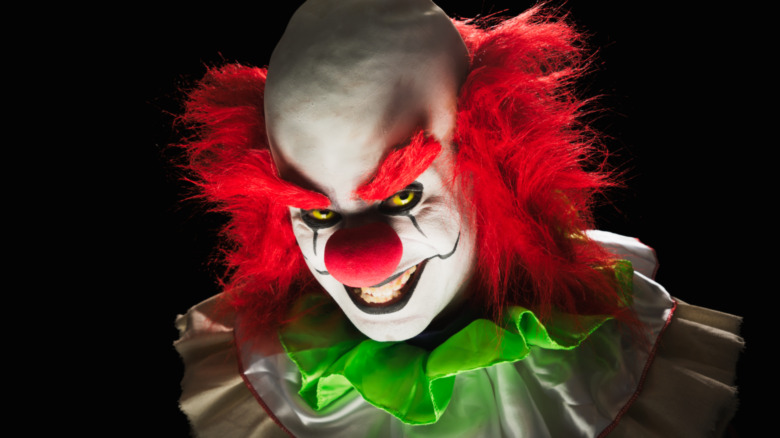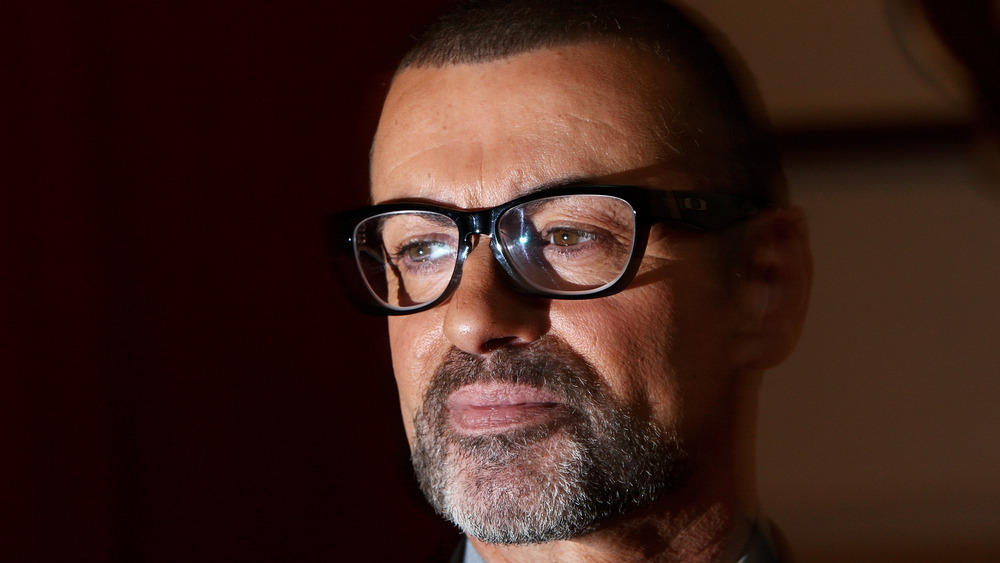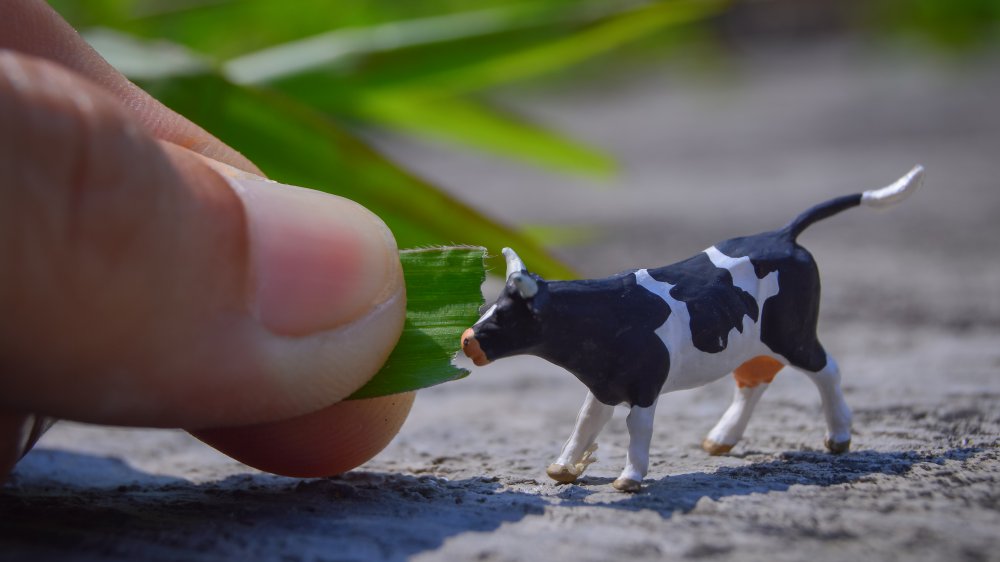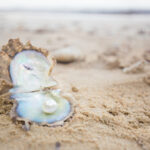
Inside the Oyster: How Pearls Are Formed
When you think about pearls, you usually imagine little white spheres strung on a necklace. But what do you really know about those beautiful gems? Take a look at these fun facts to know a little more.
An oyster for a home
A typical pearl’s life starts in an oyster. An oyster’s anatomy consists of a hard exterior shell wrapping around the soft inside parts. In order to protect its inside, an oyster produces nacre — a mineral substance some of you might know as Mother of Pearl. This mineral is what gives pearls their iridescent effect but it takes multiple layers of it to create an actual pearl. When a foreign body infiltrates into an oyster’s inside, it starts coating the uncalled visitor with layers of nacre, ultimately forming a beautifully smooth, round pearl.

Manmade pearls are not the same
Pearls that weren’t created naturally in the wild are called cultured pearls. The cultured pearls industry first started in Japan in the 1800s but hasn’t changed much since. In order to create pearls, the foreign body is inserted into the oyster manually. In that case, the oysters might also be modified to speed its nacre coating, which will result in a thinner coat, and a lower-quality pearl. In fact, it is said that roughly 5% of cultured pearls can rival the wild ones. That being said, the difference is unseen to the naked eye, which makes culture pearls extremely valuable as well.
Black pearls are a real thing
Captain Jack Sparrow did not invent black pearls. There are several types of black pearls. All of them grow in special types of oysters in the South Sea off the coasts of Tahiti or Mexico. They come in dark colors with bright undertones, are extremely rare, and therefore super pricy.
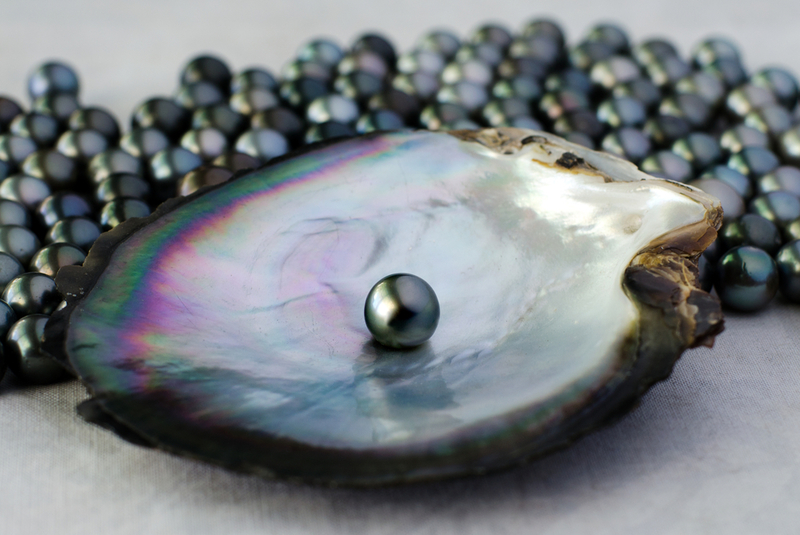
How to tell the real from the fake
Pearls that are completely fake are usually made from beads coated in a shiny substance to make it resemble the real thing. To make sure you don’t fall for any counterfeits, try sliding the pearls on your teeth. Real ones will remain smooth while fake ones will have scratch marks.
Not all pearls are shaped like marbles
In fact, most pearls aren’t fully round. And if you stumble upon an authentic pearl that is perfectly round, this rare gem could be worth a small fortune. Pearls that aren’t perfectly round are usually mass-produced freshwater pearls. They are a little less glossy than their saltwater sisters and come in various colors. Their odd shapes are professionally called baroque shapes.
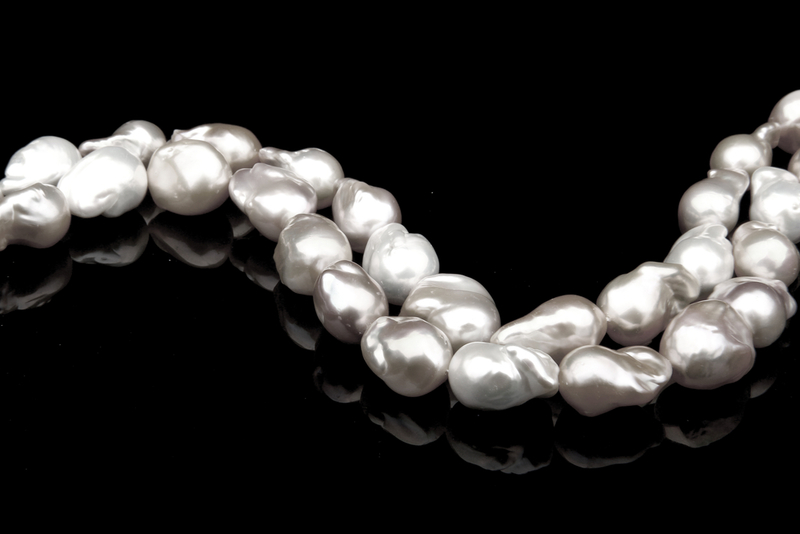

Alexander Graham Bell: Compressing The Planet Into Our Palms

3 Animals That Were Mistaken for Mythical Creatures
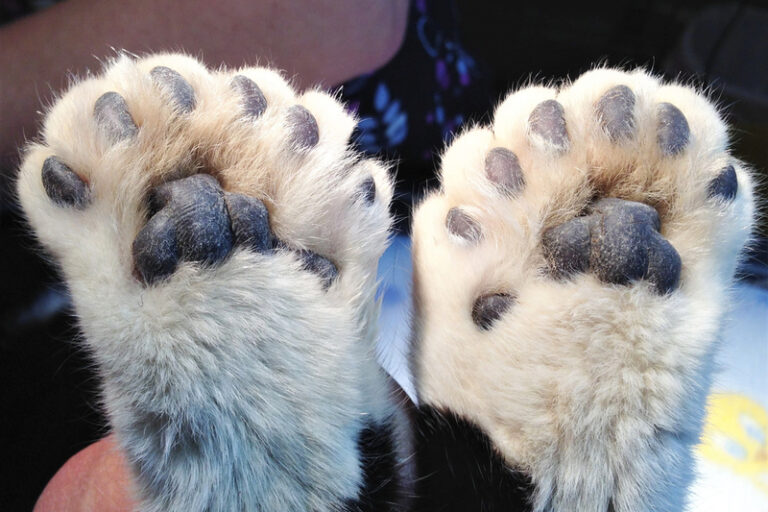
The Science Behind Polydactyl Multi-Toed Cats
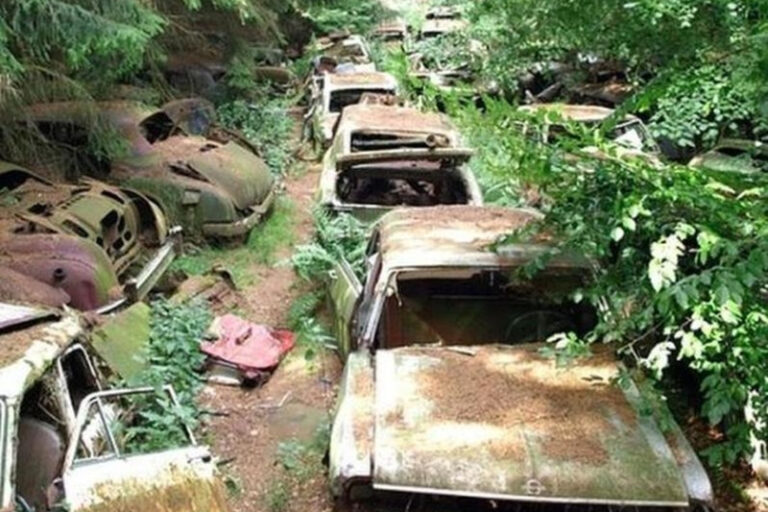
More Beautiful Abandoned Places

Incredible Concept Cars That Were Never Made

The Most Hilarious Job Fails by the World’s Worst Employees
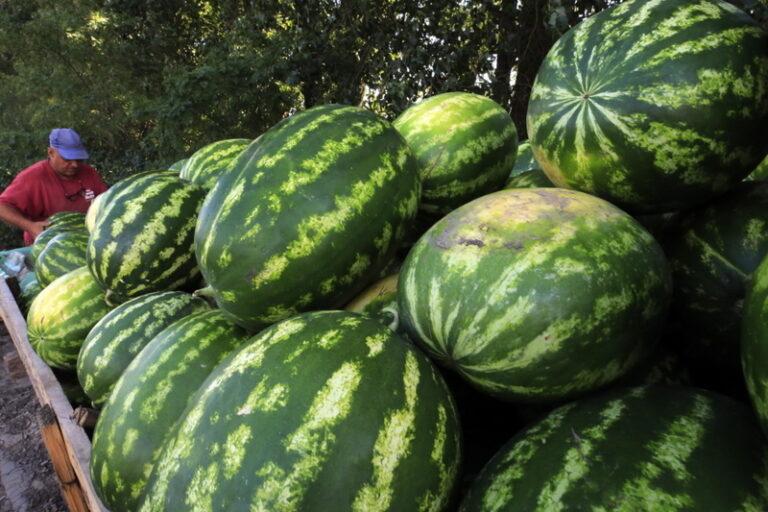
Things That Last and Things That Don’t: Everything About the Shelf Life of Common Household Items

Photos Captured By Google Street View

The Apple Doesn’t Fall Far – Celebrities & Their Sons at the Same Age

Big Bucks: The World’s Top Tech Tycoons and Who’s Next?


